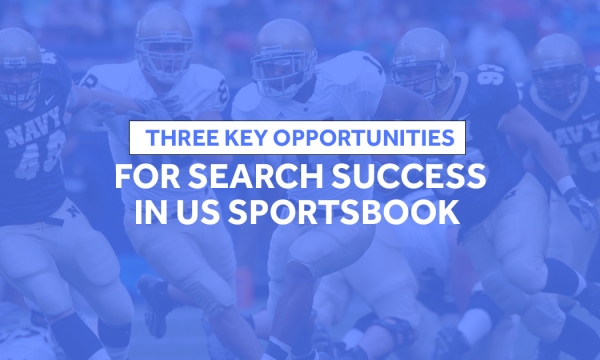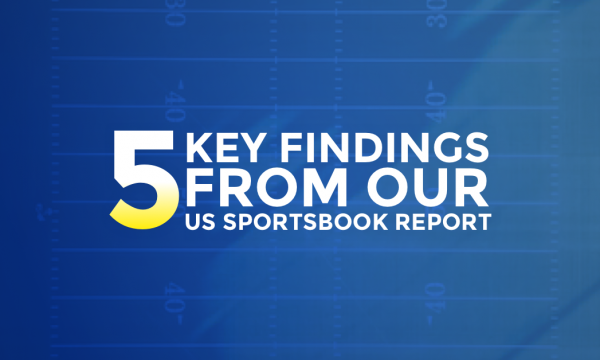
Google Attribution was the big story from the search engine’s ‘Marketing Next’ conference in San Francisco last week, with the search engine announcing that it will be rolling out a free, scaled-down version of its enterprise-level Attribution 360 platform.
Google Attribution takes the features and data from Adwords, Analytics and DoubleClick and combines them into a single platform, allowing marketers to integrate their reports without any additional tagging and monitor performance on a single platform. This doesn’t apply solely to paid marketing channels such as PPC and display, but to all channels - including organic search, affiliate marketing, social media and direct traffic.
This new release doesn’t require any further setup; it simply uses data already available through other Google products to provide actionable insights into the purchase journey of a site’s users. These insights can then be passed back to Adwords or DoubleClick to support bidding decisions.
So what do you need to know?
Machine-led regression attribution

Google has provided versions of attribution in other products, such as Analytics’ Multi-channel Funnel reports. However, these are based on defined attribution models i.e. linear, first click, and last click. Google Attribution however is providing what it calls ‘data-driven’ attribution, which will use machine learning to compare purchase paths and analyse what works (and what doesn’t) based on a site’s own data.
This would seem to be a variation on a ‘regression’ attribution model, which uses historical data to define the weighting of credit that is applied to each touchpoint and makes for a much more tailored and accurate attribution model. The methodology behind ‘data-driven’ attribution is nothing new, but this approach does seem to address the key problem with the regression model; time.
Time is the main reason why regression modelling isn’t more widely used as it takes time to gather the data, time to calculate the model and time to get the relevant insight. Throw into the mix the nature of users to change their behaviour over time, the model requires repeating on a regular basis to stay relevant. Google Attribution solves that problem and provides an attribution model tailored to a business’s marketing activity and customers, without the manual effort, and just requires the data.
The death of ‘last-click’?
Google has been working for a number of years to take its platforms, particularly AdWords, away from ‘last-click’ attribution in order to better reflect modern search habits. Unsurprisingly, many have suggested that the roll-out of Attribution spells the end for the last-click model.
The key driver behind Google Attribution is to allow marketers to understand the full user conversion journey across all channels and accurately map the number of touchpoints a user engages with your brand through - from first engagement to conversion.
This allows marketers to understand how digital channels can work together and also allows them to think more holistically about their overarching digital strategy, promoting integration between channels, devices and mediums.
What this new model should do is ensure that each channel gets due credit for each sale, based on the unique habits and nuances of consumer behaviour that applies to your brand – rather than simply defaulting to the ‘last-click wins’ attribution model.
Easier content optimisation

Understanding how users engage with your brand across different devices should make it easier for marketers to optimise their user experience across each device.
It means that brands can really start to rethink and optimise their content structure and optimise content for each device, and ensure that they are maintaining that engagement and dialogue with their audiences as they switch from one device to another.
Gateway terms

From a paid search perspective, Google Attribution will offer brands much more visibility on so-called “gateway terms” – keywords which assist in driving a sale, but wouldn’t necessarily get credited under a last-click attribution model.
For example, a user may use a product keyword as a method of product or brand discovery, but then return to complete the purchase at a later date whilst using the brand term. Under a last-click model, the product term wouldn’t receive credit for the sale, despite playing a significant role in the conversion.
What Attribution allows brands to do is see the full picture, and make more intelligent judgements over how these “gateway” terms fit into your overall keyword strategy and the value that they drive.
It isn’t without some flaws
Whilst Google Attribution appears on the face of it to be a significant leap forward, there are some drawbacks that marketers need to consider.
Some of the attribution models provided still won’t present the full picture. Some models, for example, will only focus on post click activity and not incorporate the number of times a user has “viewed” content from channels (such as display). Other models do include “post view”, but this is usually based on when an ad loaded and not necessarily when it was seen.
This means that your reports could include below the fold impressions, which were never viewed by the user, and would therefore give you a false sense a channel is working post view.
And some attribution models continue to struggle with cross device attribution. In most cases, cross-device activity will only be reported on in attribution models if a user is signed into the platform (such as Facebook or Twitter) or signed into a Google account across Google properties.
Even then, Attribution wouldn’t necessarily show cross-device activity between a user on Google with a desktop and on Facebook via mobile, unless the email addresses used to sign in to their Android account and Facebook account match.
Anything else that I need to know?

Google Attribution is still in beta at the moment and will begin rolling out over the next few months, which will start to answer a few more questions about what the product includes such as:
- What is the difference between the free and enterprise versions?
- To what extent are offline conversions and store visits included?
- Does it include any form of TV attribution?
The answers to these will become clear in the coming months however what is clear is that Google Attribution is a step forward in directly applying insights from attribution analysis to marketing activities.
Other highlights from the Marketing Next conference include the launch of promoted places and local inventory ads for retailers, allowing them to promote special offers and show whether products are in stock at a local store, as well as the option to link customer loyalty cards to Google AdWords. That in particular will provide greater oversight of how online is driving in-store sales. Those features are also on the way, so keep your eyes peeled.


